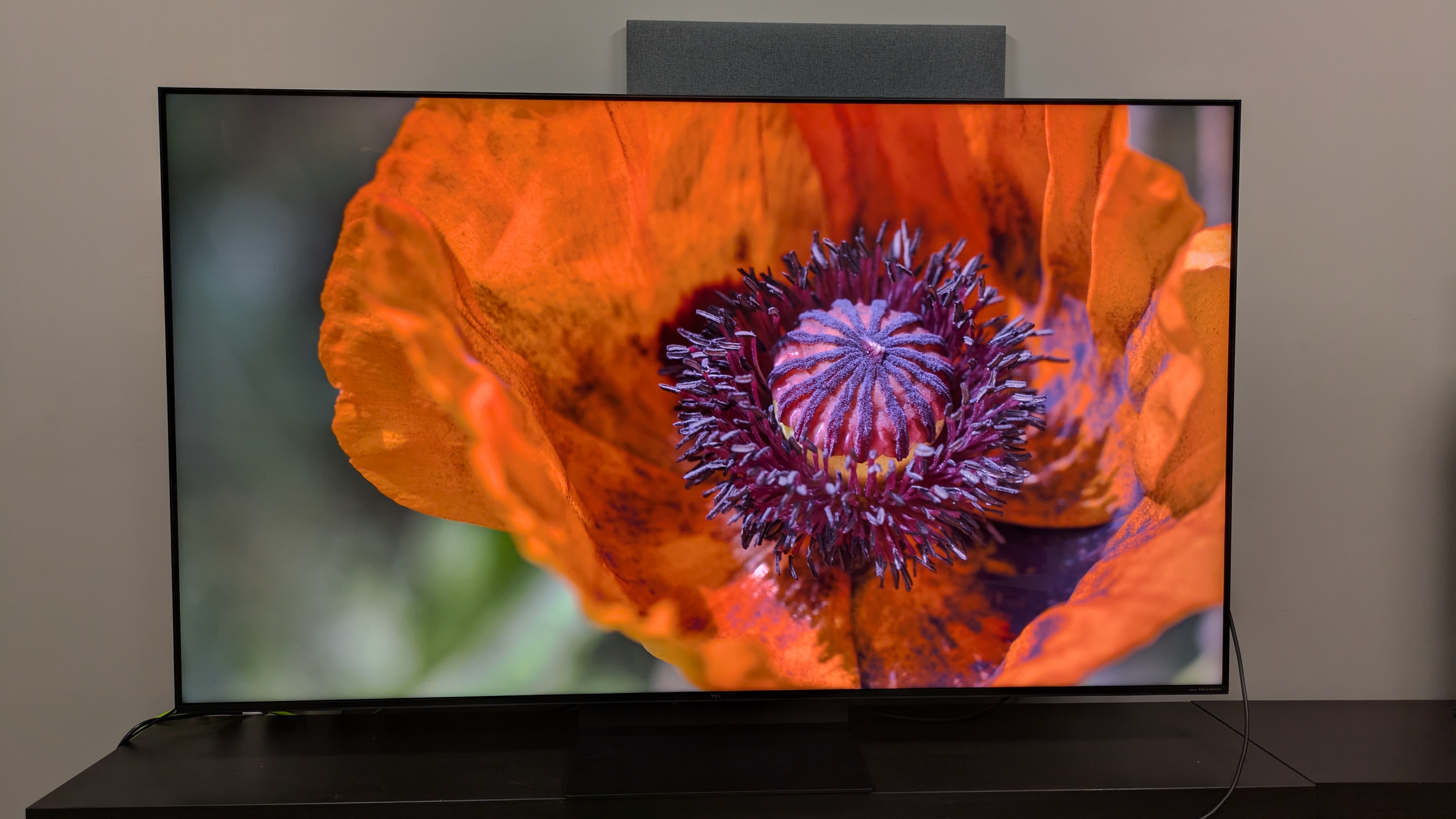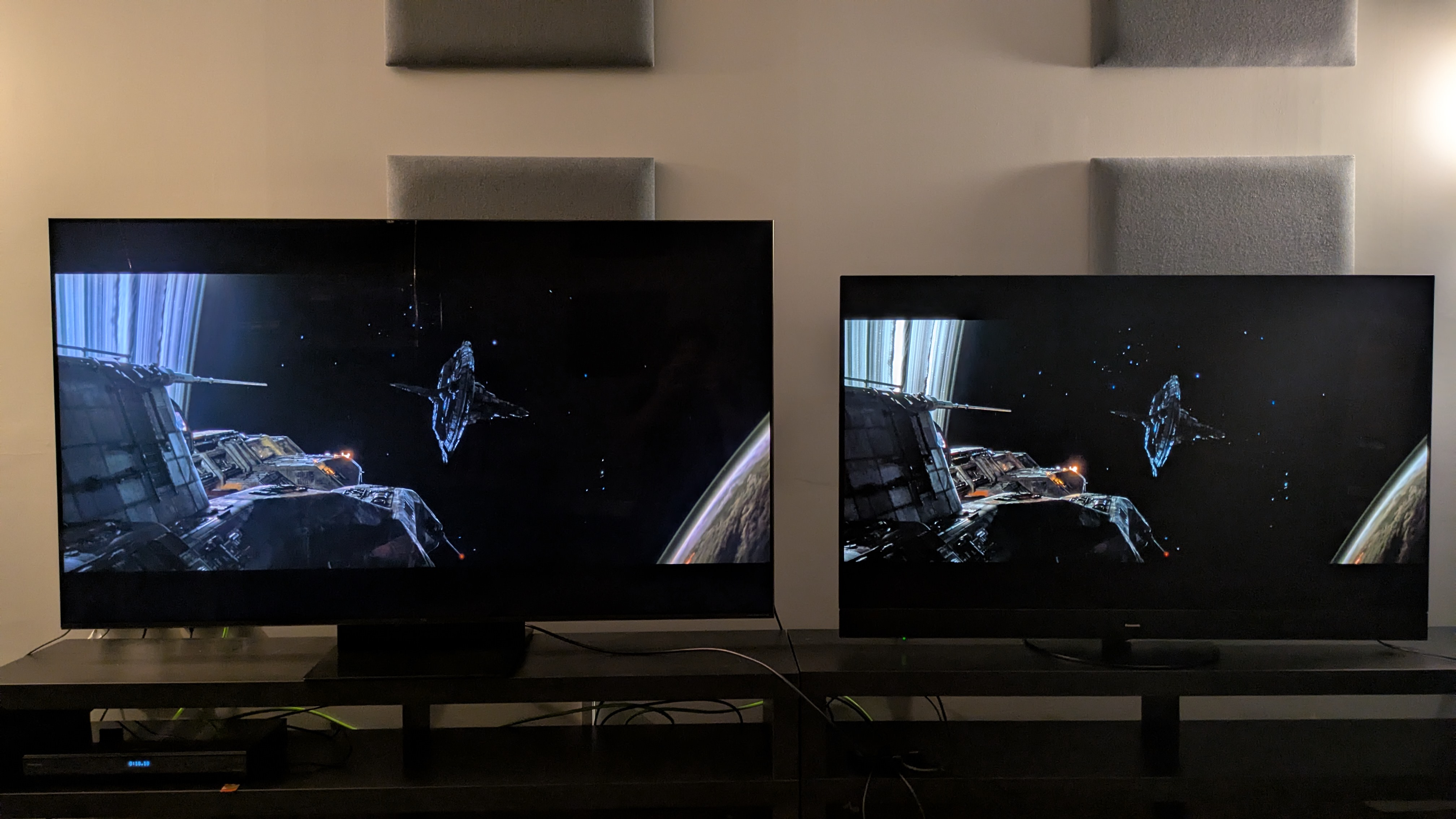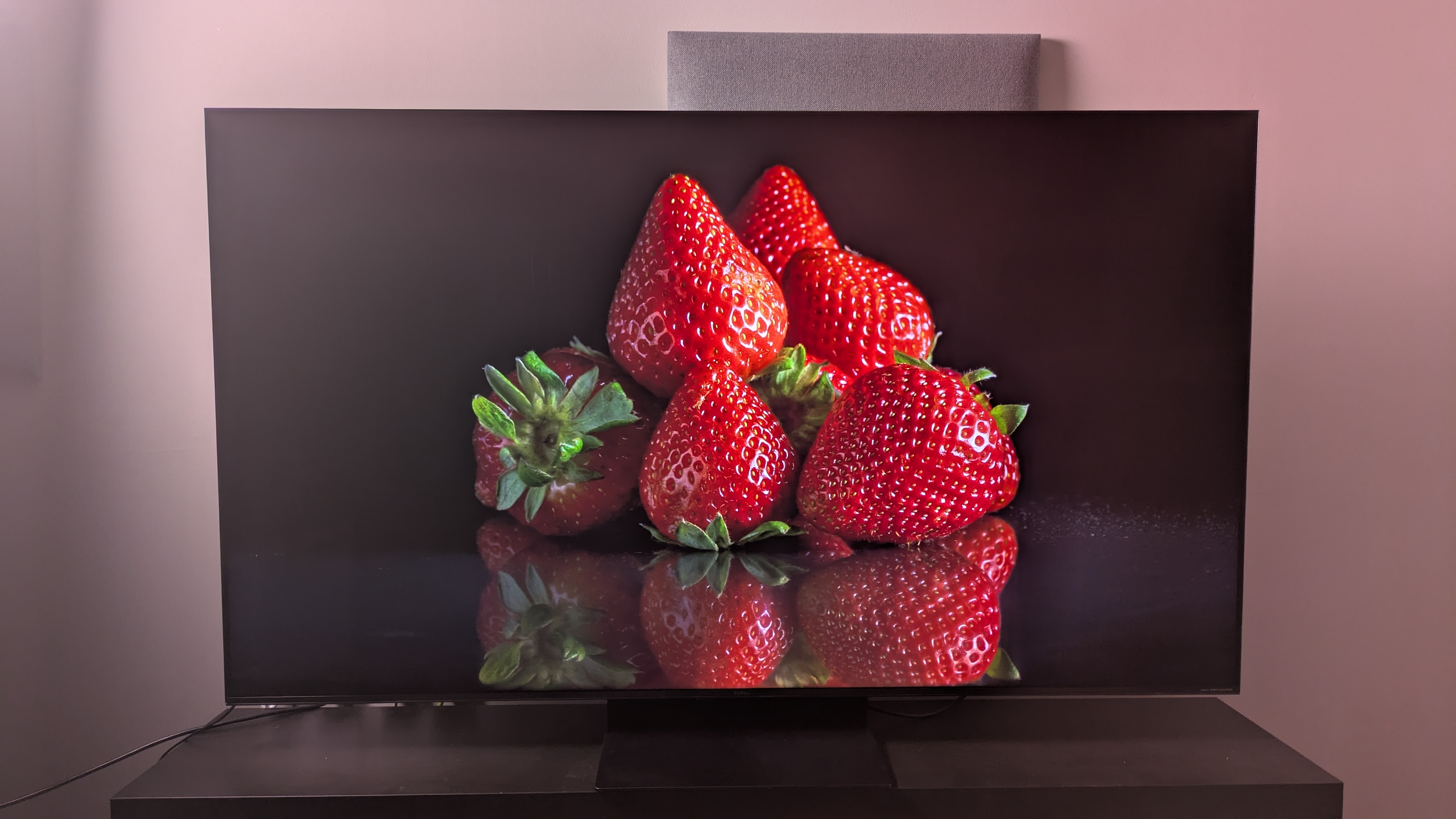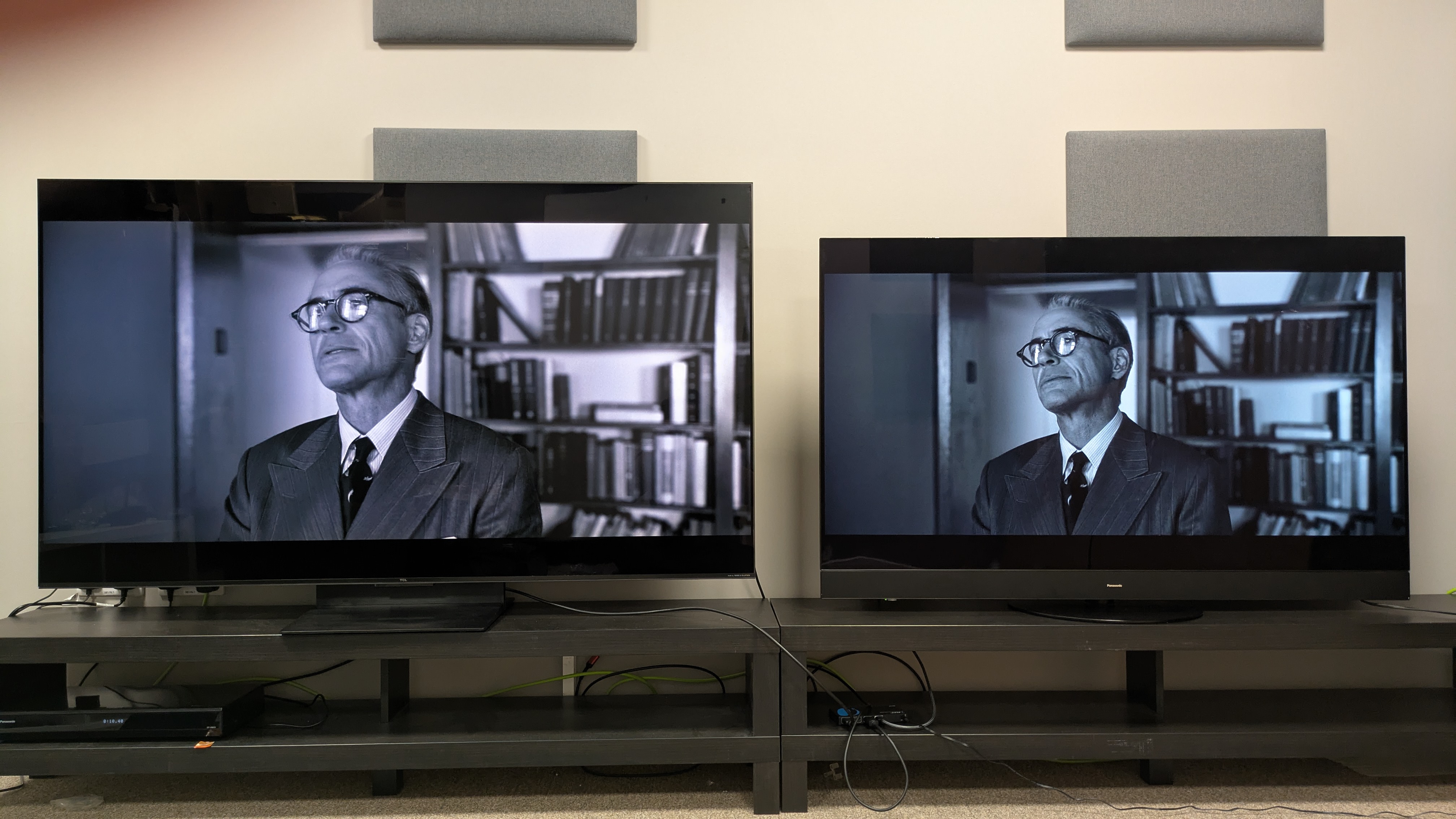Here are three ways TCL's mid-range mini-LED TV impressed me when I tested it (and one way it didn't)

TCL makes some of the best TVs on the market, with last year’s TCL C805 providing serious bang for your buck with its great picture quality and stacked list of features, especially for gamers. Its step-up sibling, the TCL C855, was also a fantastic TV, and one that improved on the C805.
I recently got to test the TCL C7K, the mid-range model in TCL’s 2025 mini-LED TV lineup. I scored it 4 stars out of 5 in my review, as it delivered very good overall picture quality, a comprehensive list of gaming features with solid performance to match, and, most importantly, an excellent price.
During my testing, the C7K surprised me in areas I expected it to struggle with, showing that budget and mid-range mini-LED TVs from brands such as TCL are making steady, year-on-year progress. Below are three ways that the C7K pleasantly surprised me, and one where it let me down.
Black levels and contrast

Mini-LED TVs often prioritise brightness, which makes them great for bright room viewing and watching sports. But it also means they struggle in one key area: black levels. Especially with budget mini-LED sets, black tones on the screen can take on more of a grey look, affecting the overall contrast and quality of the picture.
I evaluated the C7K’s picture side-by-side with our reference TV, the Panasonic MZ1500 OLED, and was surprised by just how good its black levels were. In Alien: Romulus, the inky blacks of space and the interior corridors of the ship looked far deeper and richer than I anticipated. While its black levels didn’t beat the best OLED TVs, they were far better than I’d expected from a mini-LED TV in this price range.
The C7K’s contrast was also a surprise. Again, in Alien: Romulus, and also in The Batman, bright lights balanced well with dark surroundings, resulting in an accurate and detailed picture.
Viewing angles

Viewing angles are one area where mini-LED TVs have received plenty of criticism in TechRadar’s TV reviews. An ideal viewing angle is front and centre of the screen, but this isn’t always possible, especially if you’re viewing in a large group. But with many mini-LED and regular LED TVs, picture quality suffers when viewing from off-centre seats, with the picture’s contrast and colour saturation both taking a hit.
Sign up for breaking news, reviews, opinion, top tech deals, and more.
I found during my testing that the C7K had surprisingly good viewing angles for a mini-LED TV in its price range. There was still some picture fade, but not nearly as much as I expected. Black levels and contrast were still good when viewing from off-centre seats, and there wasn’t much blooming (more on that below).
Backlight blooming

Backlight blooming is a picture artefact with mini-LED and regular LED TVs where a ‘halo effect’ appears around the edges of a bright object positioned against a dark background. Due to mini-LED’s high brightness, blooming can sometimes be very obvious.
More premium mini-LED TVs, such as the Samsung QN90D and Sony Bravia 9, have a high number of backlight local dimming zones, which helps to limit blooming artefacts. But mid-range models tend to struggle more with blooming. That wasn’t an issue with the C7K, which has a new feature that TCL calls ‘Halo Control Technology’.
Throughout my viewing, even challenging movies such as Alien: Romulus and The Batman showed no signs of blooming in scenes with torches and flashlights against black backgrounds. It was another area where the C7K left me impressed.
The let-down: screen uniformity

Unfortunately, it wasn’t all smooth sailing for the C7K. When watching black and white scenes from Oppenheimer, I noticed brown tones around the edges of the screen – an indicator of poor screen uniformity.
Screen uniformity means how well a TV can evenly display large areas of a single colour across the screen. Black is usually the problem area, but I hadn’t seen this in darker scenes in my viewing. But when displaying grey tones, the C7K struggled.
Overall, the C7K’s picture had impressed me, but this is a pretty big fumble, especially for fans of black and white movies, which are seeing a resurgence thanks to the plethora of new 4K Blu-ray restorations on offer. And that’s why we regularly use black and white movies as part of our TV testing regimen at TechRadar – they can easily reveal screen uniformity weaknesses.
You might also like

James is the TV Hardware Staff Writer at TechRadar. Before joining the team, he worked at a major UK based AV retailer selling TV and audio equipment, where he was either telling customers the difference between OLED and QLED or being wowed by watching a PS5 run on the LG 65G2. When not writing about the latest TV tech, James can be found gaming, reading, watching rugby or coming up with another idea for a novel.
You must confirm your public display name before commenting
Please logout and then login again, you will then be prompted to enter your display name.